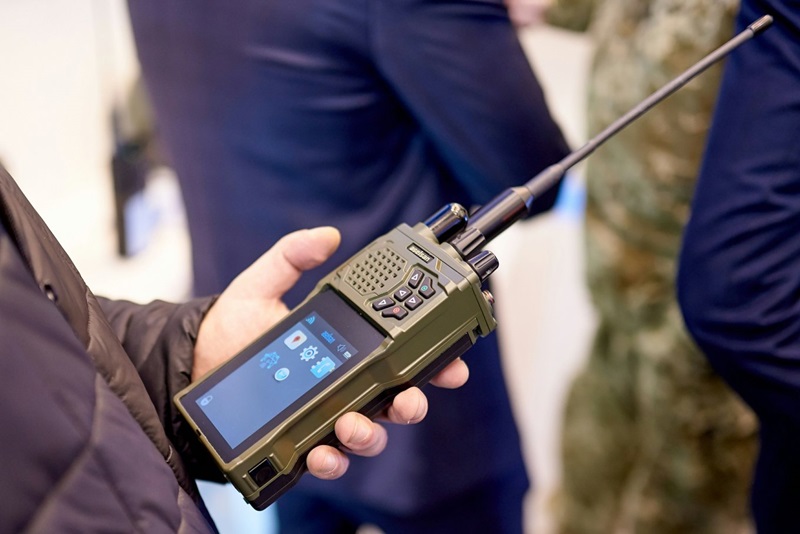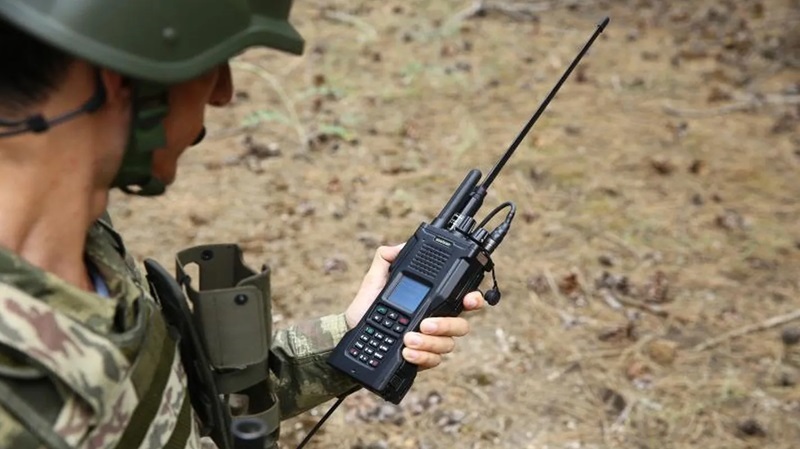Both communication and navigation are important when travelling, especially when in the air. Air travel has made big steps towards making communicating and navigating through the vast open space that is the stratosphere. For this, they rely on what are known as aviation radios or transceivers.
The frequencies they rely on are between 108 MHz and 137 MHz and are known as VHF or very high frequencies. These channels are different than what radios used on land rely on. Transoceanic air travel makes use of HF frequencies too but that’s not something that every type of airband transceiver is made for.
Handheld vs Panel Mount Airband Aerials
Size

The main difference between portable or handheld aviation radios and panel mount ones is their size. The latter is much larger and it only fits in the appropriate compartment in your cabin while handheld airband aerials are pocketable. They can be carried anywhere no matter where you need to go. But their size affects other things.
Capabilities
One factor that the size of an aviation radio has an effect on is its capabilities. It’s obvious that panel mount transceivers are much more capable in terms of sustaining a stable connection and providing a clear and loud sound. But that doesn’t mean handheld radios are no good, for their size they are quite impressive but they’re nowhere near panel mount aerials.
Versatility
Another factor that size affects is the versatility of a radio. As you’d expect handheld radios are more versatile since you can have one clipped on your belt or in your chest pocket so that you can hear info no matter where you are in your plan or even outside it. That’s just not the case with panel mount radios but that’s because that’s not what they’re meant to be used for.
What Matters in Airband Aerials
Communication
The main use of an airband aerial is to communicate with others and the command tower but an aviation radio can use more than just COM channels. If you go for a NAV/ COM radio you get both navigation and communication capabilities. That’s thanks to a digital CDI display on the unit which allows you to tune in a localiser or a VOR.
Battery Life
If you go for a handheld unit then you should take into consideration its battery capacity. The larger it is the longer you’ll get to use the radio before it needs to be charged. Older models rely on replaceable batteries so all you need to do is put new ones in when the radio is running out of power but these radios are not as capable as modern ones.
Range
The range and output power of an airband transceiver are two factors that go hand in hand. The higher the wattage or power output the greater the range of the radio. The greater the range the better the radio as it will be able to maintain stable connections no matter where you go.
GPS
More advanced airband radios nowadays come with built-in GPS. While your aircraft may come with GPS and a big screen to show where you’re going, having such a feature on your transceiver is a big plus. That’s because you get to use the device for VOR navigation even when you’re out of range. This means you can go anywhere without being reliant just on VOR stations.
Ease of Use

Something that most people overlook is an intuitive design and an easy-to-use aviation radio. No matter how capable it is, if its menus and interface are not legible and easy to use you will have a difficult time making the most out of such a simple device. Simplicity is what airband radios thrive on and if you go for one that confuses you at first glance, it can easily make your travels a tad more unforgiving.
Channels
What you should look for in most airband radios is the ability to program a channel. But not just anyhow, the ability to program a channel and have it pop up on the display when you need it is something different.
Memory
For the above to be possible you need a radio with memory be it a handheld or a panel mount unit it should have some storage space to have the channel as your favourite.
Icom vs Yaesu
The two most popular brands of aviation radios are Yaesu and Icom. Both offer pretty solid solutions with the latter offering a wide selection of aviation radios and the former being more focused on handheld radios for amateur enthusiasts. Icom is known for its A25-series handhelds but they also offer panel mount options as well. Yaesu is your go-to if you’re just starting out while Icom is your tried and true solution if you want to upgrade to something better.
Final Thoughts
You don’t have to get the most capable and most expensive airband radio to be a good pilot. Almost always the most straightforward solution is the best and that’s also the case with aviation radios.